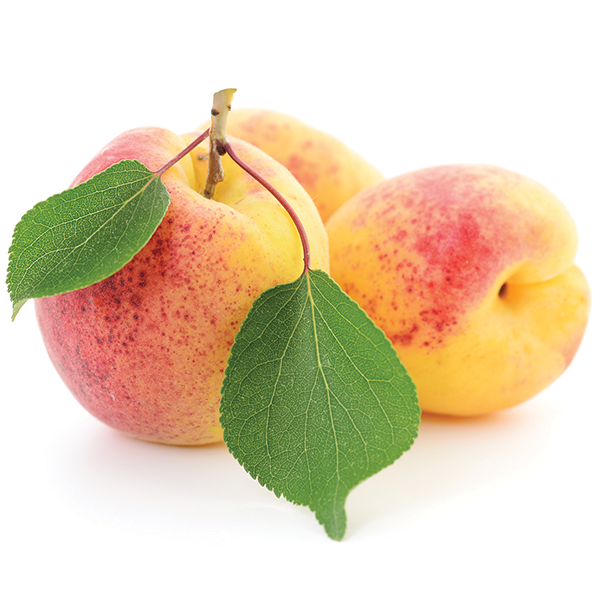
Organic apricots have a very short season, so take advantage of organic apricots’ limited availability window by making a big splash when they are in season. Market them with other organic stone fruits to create a larger display.
Promote organic apricots as an earth-conscious choice. Use signs to appeal to consumers’ desire to buy fruit that is sustainably grown. Include information on organic farming practices in your display.
Promote organic apricots with other organic fruits and yogurt that can be used to make organic smoothies.
Apricots are a popular item in jam, so promote organic apricots with jam-making supplies.
Include organic apricots in summer promotions. Mother’s Day and Memorial Day are two good times to promote all stone fruit, including organic apricots.
Organic apricots are only available for a short time. Let consumers know when they are coming by posting “Coming Soon” signs several weeks before your first shipment is due to arrive. When apricots do arrive, make consumers aware of their short season by switching those signs to “Only available for a limited time.”
Like any stone fruit, proper ripening and storage is important once the fruit leaves the store. Educate consumers on how to ripen and store their apricots before the fruit leaves the store.
Organic apricots have a very short season, so display them prominently in your stone fruit display when they are in season. Be sure to separate them from conventional apricots and clearly label them as organic.
If your store has an organics section, consider displaying some organic apricots there, as well.
Don’t stack apricots on your display. Display them only one-level deep to avoid bruising. Use gentle hands when setting up the display. Frequently, apricots will come in packaging that is display ready. The less you have to handle the fragile fruit, the better it will taste when consumers get it home. Keep your display looking fresh by removing bruised or damaged fruit on a regular basis.
Organic apricots carry a high price tag. Avoid consumer sticker shock by placing them near other similarly priced fruit like organic cherries.
Encourage consumers to be looking for apricots as soon as they arrive by using signs to make it clear that apricot season is here and that it won’t last long.
Shipping
Organic apricots are available in many of the same packs as conventional product, including panta packs, 1- and 2-pound clamshells, 2-pound pouch bags, loose fill and random weight bags.
Grades
United States
U.S. No. 1
U.S. No. 2
Minimum size, numerical count or description of the pack must be marked on the exterior of the fruit container.
California
All volume-fill fruit from California must be packed only in 24-lb. containers. The number that makes up 1 pound of fruit identifies the fruit in those containers.
Small = 18 or more
Medium = 16
Large = 14
Extra large = 12
Jumbo = 10
Extra jumbo = 8
XX jumbo = 7
Sizes 6, 5 and 4 are also available. Tray-packs, or Panta-Paks, will continue to be identified by the actual count per box. Boxes packed under the current row-count designation will remain unchanged.
Handling
Temperature: 32 F, 0 C (Apricots stored in higher temperatures become mealy.)
Relative humidity: 90-95%
Mist: no
Typical shelf life 7 to 14 days
Ethylene producer (Do not store with ethylene-sensitive items.)